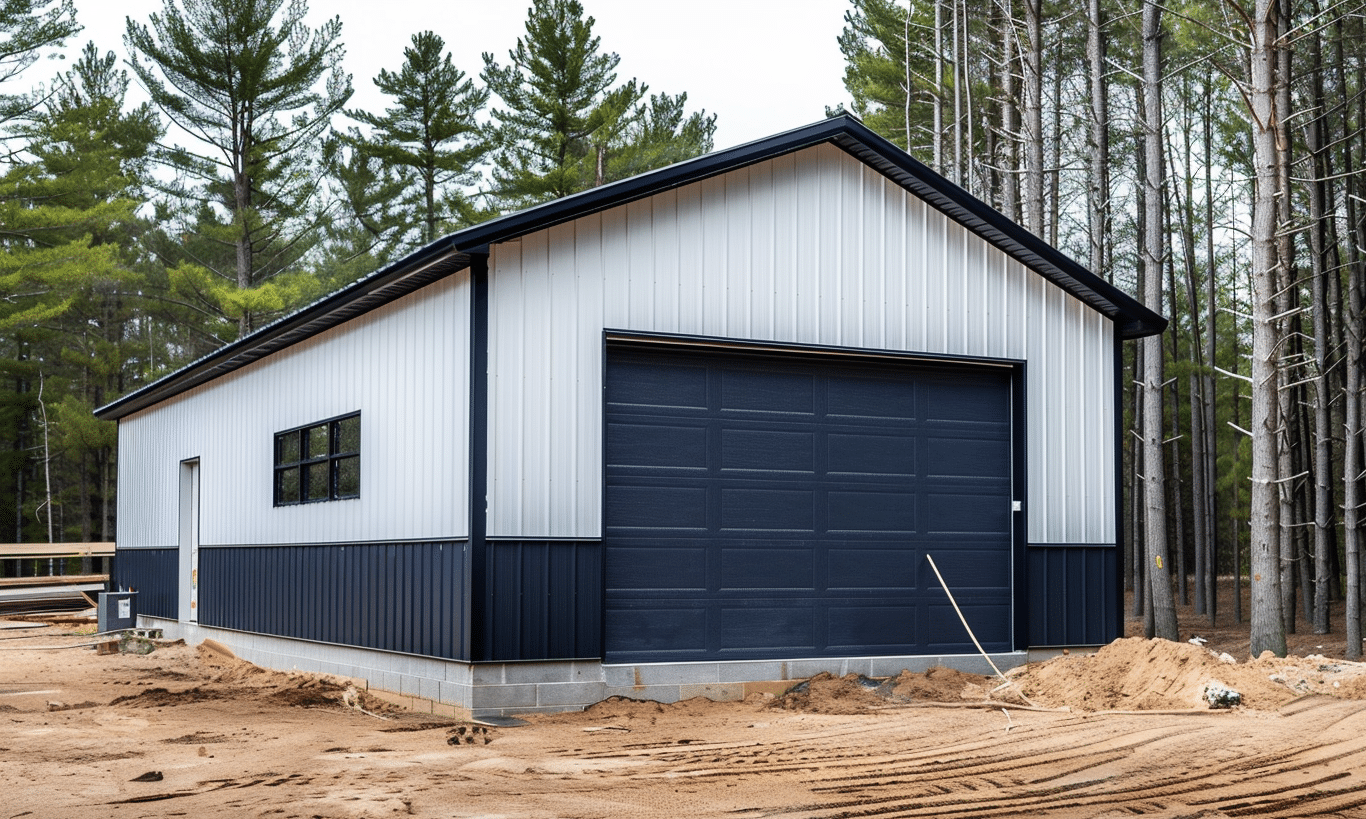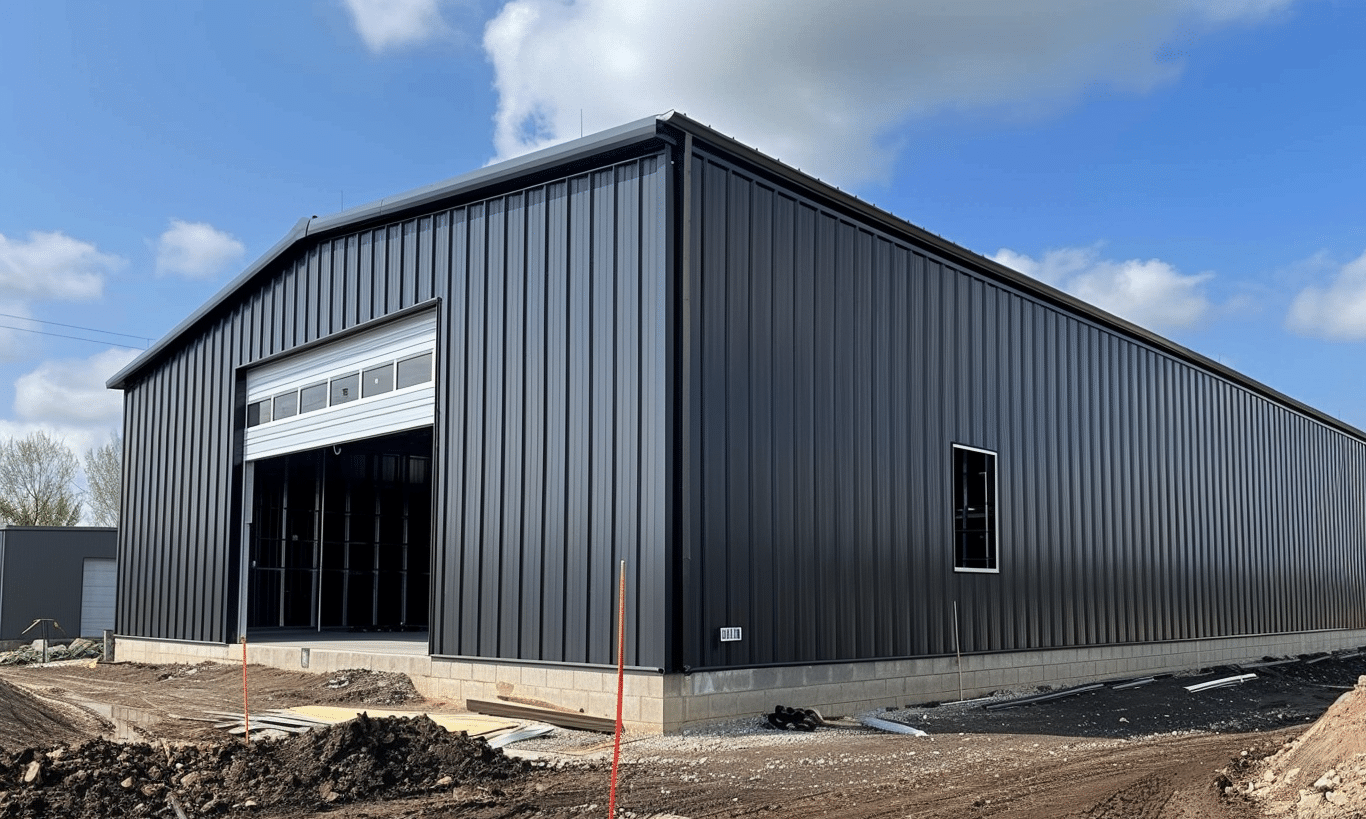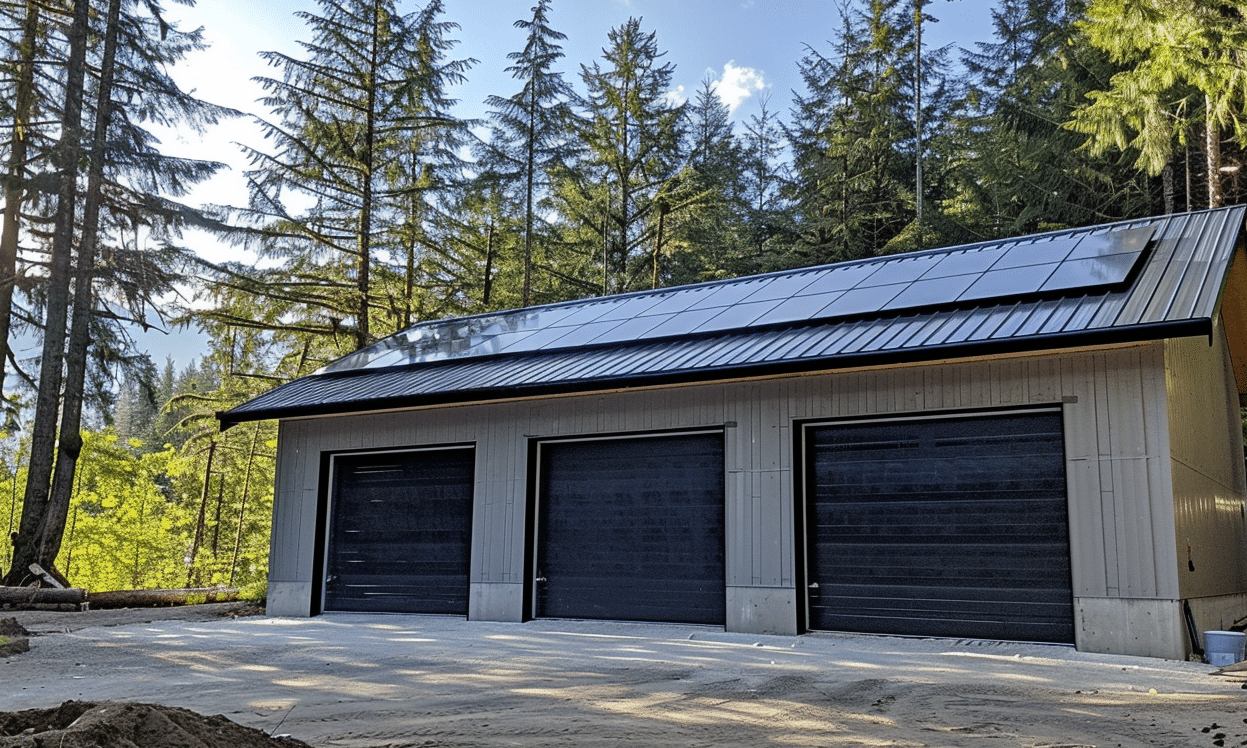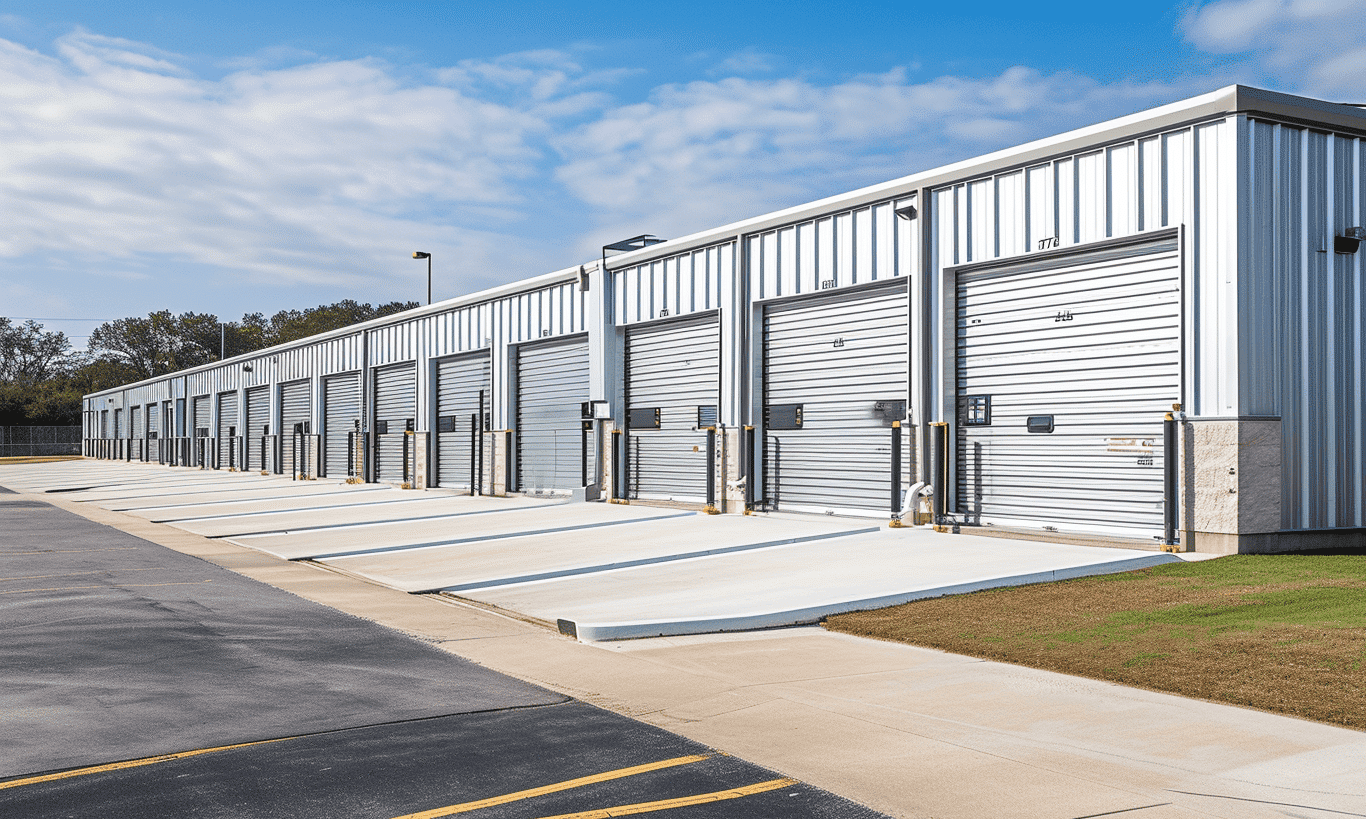In recent years, eco-friendly building design has gained significant popularity, and one innovative approach captivating architects and builders alike is biophilic design. But what makes biophilic design so special, and how can it transform the spaces we live and work in? Dive into this exploration of the intriguing, nature-inspired realm of biophilic design, and discover its benefits and applications.
The Essence of Biophilic Design
Biophilic design is more than just a trend—it’s an environmental philosophy rooted in the idea that humans have an innate connection to nature. It leverages this bond through the integration of natural elements within built environments. Whether you’re nature-inspired home design or commercial spaces, embracing biophilic design can enhance both aesthetics and functionality.
Incorporating natural elements—such as natural light, plants, water features, and organic materials—biophilic design aims to create harmonious spaces that promote well-being and productivity. It’s a holistic approach that not only values the physical environment but also honors psychological and emotional human needs.
The Science Behind Biophilic Design
Why are people drawn to interiors that reflect the natural world? The answer lies in our evolutionary history. For millennia, humans have depended on nature for survival, and even in today’s urban environments, we experience a subconscious affinity for the forms, textures, and colors found in the great outdoors. Biophilic design taps into this deep-seated preference by integrating these elements into our daily environments.
Studies have shown that biophilic design can reduce stress, improve cognitive function, and enhance creativity. Cultivating environments that mimic or reflect nature can lead to health benefits—a powerful incentive for its growing popularity in home and workplace solutions.

Biophilic Features: Design Elements That Connect Us to Nature
Embracing biophilic design involves using natural materials and living elements that make us feel connected to the environment. Here’s how you can incorporate these features:
Natural Light
Sunlight, with its vivid brilliance, not only enhances the beauty of a space but also contributes to better psychological and physical health. Use large windows, skylights, and reflective surfaces to maximize light flow in spaces where it’s most needed.
Water Elements
Incorporating water features, such as fountains, aquariums, or wall waterfalls, can be calming and soothing—evoking tranquility and increasing focus.
Greenery and Plants
Including plants and greenery within interiors can improve air quality, reduce stress, and spark creativity. Whether potted plants or expansive green roofs, lush elements add vibrancy to any space.
Building Materials
Using natural or environmentally-friendly materials, like wood, stone, and metal, infuses spaces with an organic touch. Consider Steel Building Design elements, which offer durability combined with modern aesthetics and can be seamlessly integrated into biophilic spaces.
The Role of Biophilic Design in Steel Building Constructions
Although the concept of biophilic design often conjures images of wooden cabins and greenhouses, it’s not restricted to traditional materials. Steel constructions can benefit immensely from incorporating biophilic principles. Whether you’re considering building a metal building or simply enhancing an existing structure, steel provides a versatile, robust foundation for incorporating biophilic features.
Steel’s Versatility
Steel is an adaptable material, capable of supporting various biophilic elements, such as large glass panes for natural light, hanging gardens, and integrated water systems. Its strength allows for open spaces—key in biophilic designs that strive to create an unobstructed connection between indoors and outdoors.

Eco-Friendly Steel Solutions
Steel is also recyclable, inherently supporting eco-friendly building practices. When paired with biophilic design principles, steel structures can create sustainable, visually stunning environments that elevate both form and function.
Biophilic Design in Canada: Influences and Inspiration
Canada, with its expansive natural landscapes and dedication to sustainability, is the perfect setting for biophilic design practices. The country’s approach to green buildings continues to evolve, and institutions like the Canada Green Building Council – Biophilic Design champion environmentally-conscious construction practices.
Biophilic design, inspired by nature’s vivid landscapes, is an essential tool for Canadian architects seeking to blend seamless design with ecological stewardship. By embracing biophilic principles, Canada’s built environments can enhance quality of life and environmental harmony.
Community Spaces and Biophilic Architecture
Biophilic design isn’t restricted to individual homes or offices. Community spaces, such as libraries, schools, and healthcare facilities, benefit from integrating natural elements. These spaces foster healthier, more inviting atmospheres that encourage community interaction and well-being.

Conclusion: The Future of Eco-Friendly Building Design with Biophilia
Biophilic design is reshaping how we think about our built environments. By bridging the gap between nature and architecture, it not only beautifies spaces but also fosters mental and physical well-being. Whether through innovative use of materials or symbiotic integration of natural elements, biophilic design envisions a future where buildings harmoniously coexist with their natural surroundings. Its principles inspire architects, builders, and homeowners alike to embrace sustainable, nature-infused solutions that enhance daily life.
As we continue to embrace eco-friendly practices and seek sustainable living, let biophilic design be a guiding philosophy, enabling us to reconnect with the natural world, even within our steel and glass edifices.










